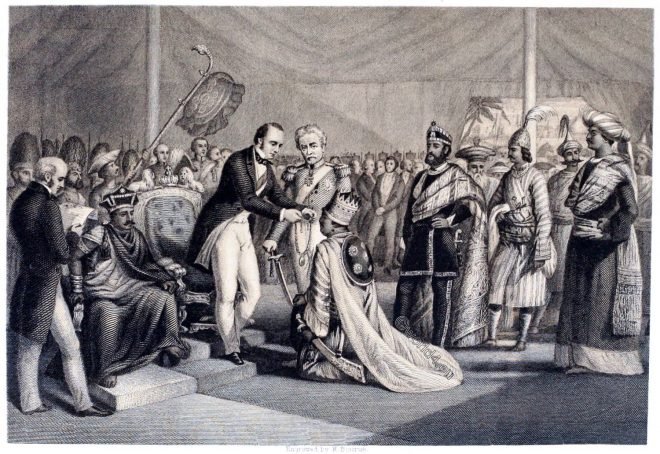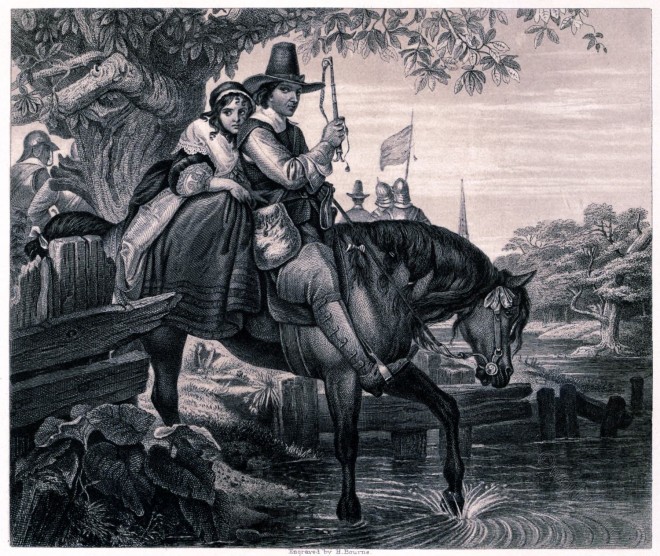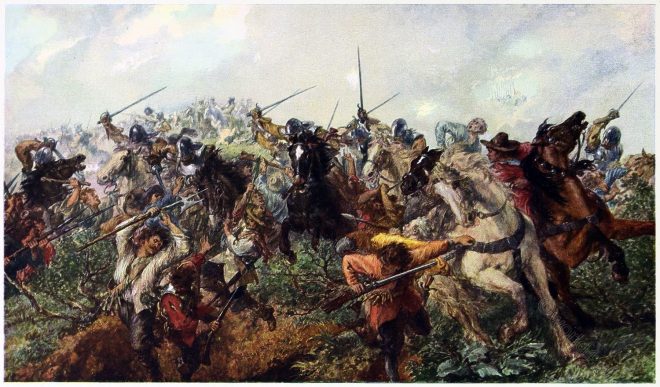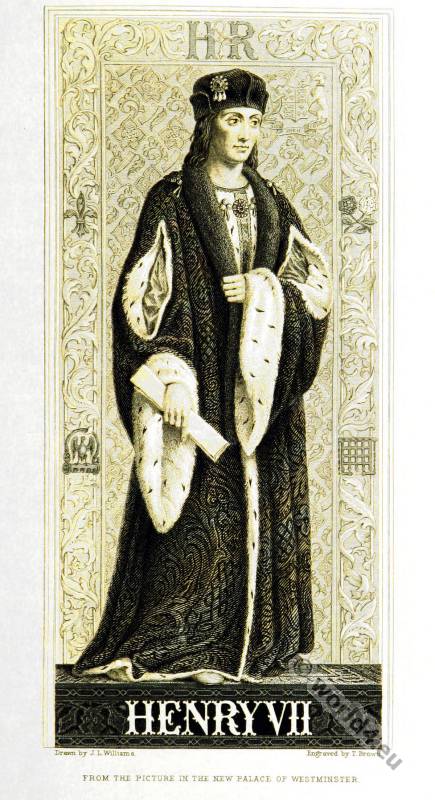The great love of the Saxons for display in dress and ornament led to a very, remarkable development of artistic skill in fashioning and decorating articles of jewelry, which were worn by men in greater profusion than by women.
Tag: Thomas Archer
The Grand Durbar at Cawnpore after the Indian Uprising of 1857.
Grand Durbar at Cawnpore after the suppression of the Sepoy Revolt. Lord Canning investing the loyal Rajahs with decorations and proprietary rights by Marshall Claxton, Blackie and Son, London, Glasgow and Edinburgh, 1862.
Charles II in disguise aided in his escape by Jane Lane.
The Escape of Charles II after the battle of Worcester. Charles as William Jackson riding with Jane Lane to Bristol.
The English Civil War. The Battle of Marston Moor on 2 July 1644 .
The Battle of Marston Moor was held on 2 July 1644 near York
Alfred the Great. King of the West Saxons. The first English king.
Alfred was not called “the Great” until the Reformation in the 16th century. He is the only king in English history to have received this byname.
Thomas Becket, Archbishop of Canterbury.
Thomas Becket was Lord Chancellor of England and Archbishop of Canterbury from 1162 to 1170; canonised by Alexander III on 21st February 1173.
King Henry VII. The Tudor from the House of Lancaster.
During the Wars of the Roses, Henry was the last survivor of the House of Lancaster and became its head. Through his marriage to the heiress of the House of York Elizabeth Plantagenet, England hoped for an end to the civil war between the two houses and a lasting peace.







